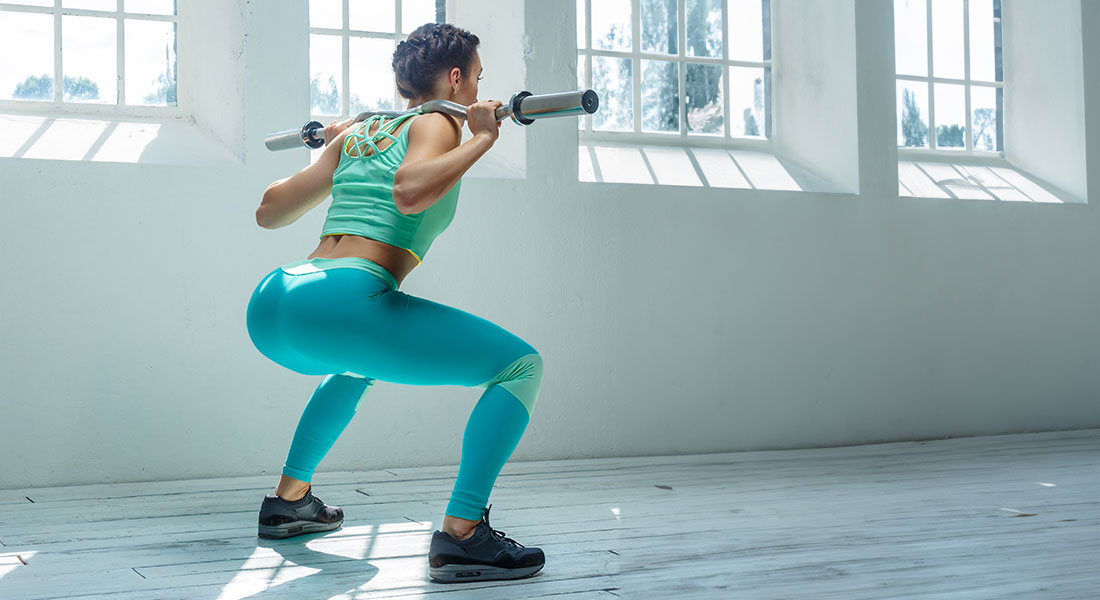Squatting, a movement that seemed so effortless during our childhood, can become challenging as we age. There are numerous reasons why many of us lose the ability to squat deep and with proper form.
Sedentary Lifestyle
Prolonged sitting, often due to desk jobs or modern-day sedentary routines, can lead to tightness in the hip flexors and hamstrings, reducing the ability to achieve a deep squat.
Footwear Choices
Wearing high-heeled shoes can shorten the Achilles tendon over time, making it hard to keep heels on the ground while squatting.
Age and Muscle Stiffness
As we age, our muscles may lose elasticity, and joints can become stiffer.
Previous Injuries
Injuries to the lower back, hips, knees, or ankles can lead to compensatory movement patterns, reducing squat depth and form.
Stretches and Exercises to Improve Flexibility and Range of Motion
Ankle Dorsiflexion Stretch
Place your foot on an elevated surface and lean forward, keeping your heel on the ground. This stretches the calf muscles and helps improve ankle mobility.
Hip Flexor Stretch
Lunge forward with one foot, keeping the other leg extended straight behind. Tilt your pelvis forward and push your hips ahead. This targets the hip flexors, which can become tight from prolonged sitting.
Deep Squat Hold
Holding onto a sturdy structure, like a door frame, sink into a deep squat. Hold this position, ensuring heels are on the ground and the chest is upright.
Hamstring Stretch
Sit with one leg extended and the other bent, foot against the inner thigh. Lean forward to stretch the hamstring of the extended leg.
Glute Bridge
Lie on your back, knees bent, feet flat on the floor. Lift your hips, squeezing the glutes at the top. This helps activate and strengthen the glutes, improving hip extension during squats.The Role of Myotherapy in Improving Squat Mobility
Myotherapy focuses on the treatment of soft tissue pain and restricted joint movement. Here’s how it can assist with squat issues:
Targeted Treatment
A myotherapist can identify specific muscles or soft tissues that are contributing to poor squat mechanics and administer treatments to alleviate tension or pain.
Improved Circulation
Myotherapy techniques, like massage and dry needling, can increase blood flow to affected areas, promoting healing and flexibility.
Education and Guidance
Myotherapists can provide guidance on proper squat technique, stretches, and exercises to improve squat depth and form.
While modern lifestyles can impede our natural squatting capabilities, targeted stretches, exercises, and therapeutic approaches like myotherapy can assist in regaining and maintaining this essential movement skill.







